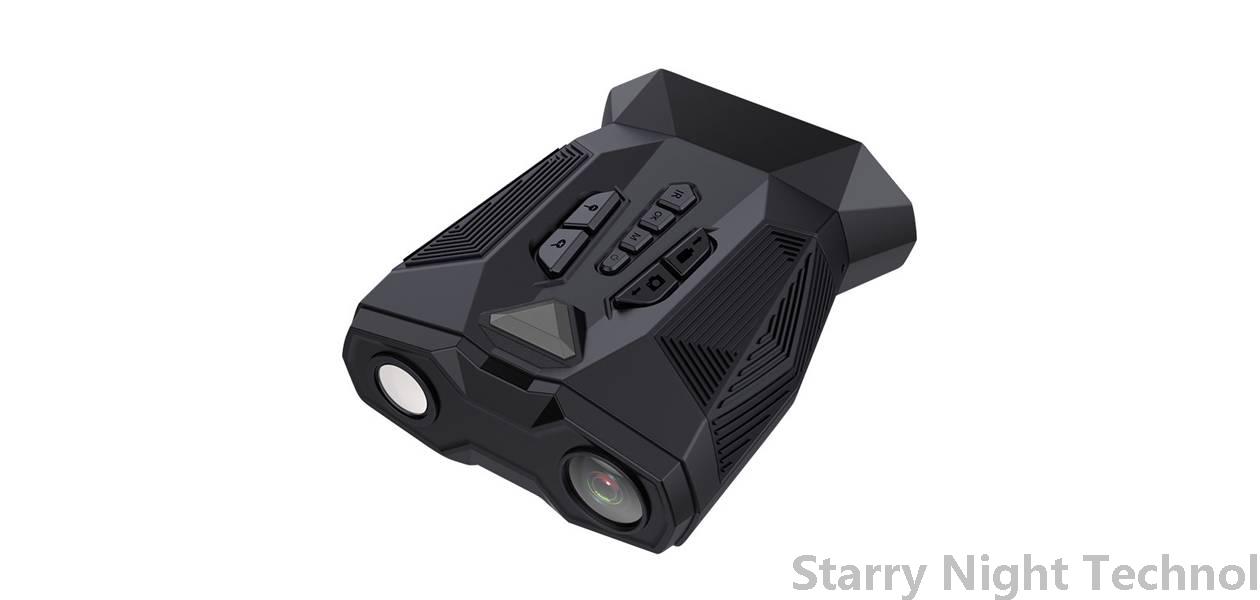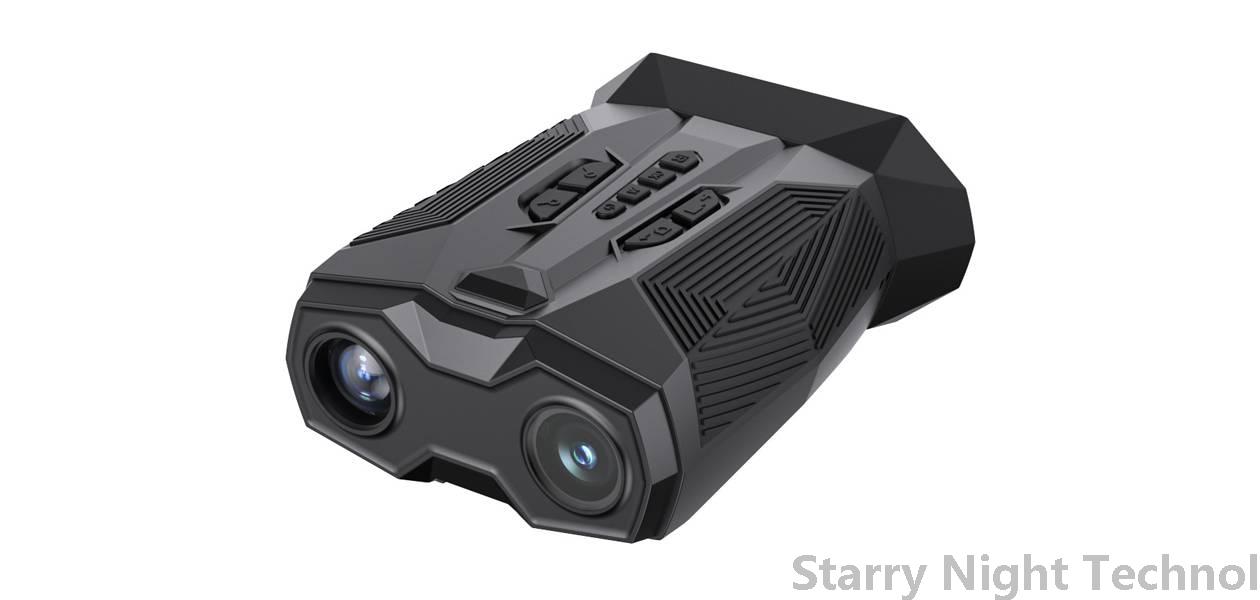Night Vision Technology: Improving Navigation in Low Light Environments
1757332819000

#### Introduction
Night vision technology has revolutionized various fields, from military operations to wildlife observation and emergency response. The ability to see clearly in low-light environments enhances navigational capabilities for several sectors, providing safety, security, and strategic advantages that were previously unattainable. As advances in science and engineering continue to unfold, night vision technology evolves, becoming more accessible and sophisticated.
#### Understanding Night Vision
At its core, night vision refers to technologies designed to improve sight under conditions of limited ambient light. Traditional methods employed during nighttime operations hinged on artificial lighting or flare devices, which could often compromise stealth, lead to unwanted attention, or simply fail under adverse weather conditions. Night vision adversities necessitated the development of innovative solutions, leading to significant advancements in sensor and imaging technologies.
The primary types of night vision technologies available today are intensification devices (such as image intensifiers), thermal imaging, and digital night vision systems. Each of these systems operates differently but serves the same purpose—to enhance visibility when natural light is scarce.
#### Image Intensifiers
Image intensifier tubes form the backbone of traditional night vision goggles used predominantly by military personnel and law enforcement agencies. These devices amplify existing light—whether it's moonlight, starlight, or even reflections from environmental features—by collecting photons and converting them into electrons.
This process occurs within a vacuum-sealed tube containing special materials that fluoresce upon electron impact, resulting in visible images illuminated enough to navigate hostile terrains almost securely. Recent advancements have introduced Generation 3 and the latest Generation 4 devices that provide clearer images with dramatically reduced glare and better performance in challenging conditions such as fog or smoke.
#### Thermal Imaging
Unlike image intensifiers, thermal imaging detects heat emissions instead of relying on visible light. This technology allows users to visualize temperature differences between objects and their surroundings, enabling navigation in complete darkness regardless of atmospheric conditions. During search-and-rescue missions, for instance, first responders can quickly locate individuals in distress, contributing significantly to saving lives.
Thermal imagers work through infrared sensors that translate emitted thermal radiation into an exploitable digital format. Such devices have found applications not only in military and law enforcement arenas but also in commercial ventures including building inspections, oil pipeline monitoring, and even hunting applications where game animals' body heat contrasts with cooler backgrounds.
 A less widely known variant of night vision technology is the emerging field of digital night vision systems. By utilizing advanced CMOS sensors along with digital projection, these devices can capture visuals in low-light settings and produce high-resolution video feeds. An undeniable benefit of these systems is their adaptability—they can be incorporated into smartphones, drones, and other devices for convenient accessibility.
A less widely known variant of night vision technology is the emerging field of digital night vision systems. By utilizing advanced CMOS sensors along with digital projection, these devices can capture visuals in low-light settings and produce high-resolution video feeds. An undeniable benefit of these systems is their adaptability—they can be incorporated into smartphones, drones, and other devices for convenient accessibility. Emerging trends indicate shifts toward more compact designs and multi-functional units combining both thermal imagery and intensified optics. As manufacturers focus on integrating technological advancements, we anticipate improvements in resolution quality, battery life, and device durability.
#### Applications Across Industries
The implications of night vision technology extend beyond just defense and security; they span multiple industries and are transforming operational dynamics. Here are five pivotal areas where night vision proves essential:
1. **Military Operations:** High-tech night vision offers soldiers tactical advantages to perform reconnaissance, surveillance, and attacks with superior situational awareness.
2. **Search and Rescue Missions:** Emergency response teams use night vision tools to conduct effective operations during natural disasters, finding missing persons in forests or urban environments.
3. **Wildlife Observation:** Naturalists employ thermal cameras to study nocturnal species without disturbing their habitats. With night vision tech, enthusiasts gain insights into animal behavior at night.
4. **Law Enforcement:** Police utilize night vision in patrols, investigations, and drug interdiction missions, ensuring safe interactions while reducing risks associated with poor visibility.
5. **Industrial Inspections:** Technicians equipped with night vision can inspect pipelines and power lines after dark—cumulative benefits contribute to maintenance and operational continuity despite hazardous conditions.
#### The Future of Night Vision Technology
As demand continues for enhanced nighttime visibility across various domains, ongoing research efforts are likely to yield exciting innovations in night-vision technology—these may include increased affordability making it accessible to a larger public audience, improved compatibility with augmented reality systems, and integration with fundamental components like AI algorithms for automated threat detection.
Concerns about privacy, ethical usage, and regulation will undoubtedly accompany this rapid expansion. Governance frameworks must evolve alongside technological advancements to ensure responsible deployment, balancing operational efficiency with societal standards.
In conclusion, as night vision technology progresses, so too does its role in improving navigation, communication, and decision-making in low-light environments. Cutting-edge developments promise indicative enhancement across numerous sectors, transcending conventional boundaries while shaping the future landscape of nighttime activity. Whether safeguarding troops, preserving nature, or ensuring public safety, night vision remains a critical component in navigating our world when the sun goes down.
Night vision device accessoriesStarry Night Technol

